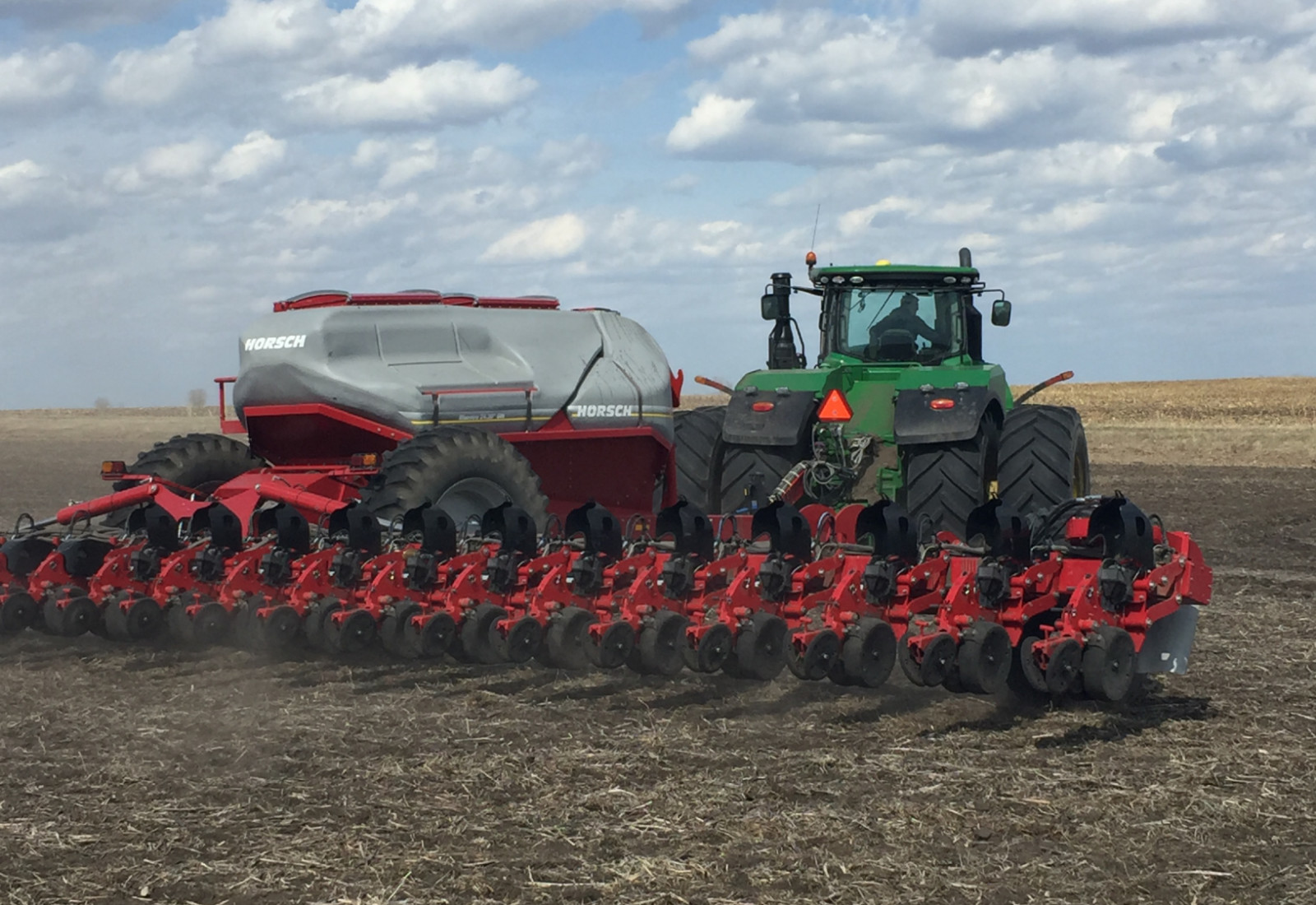Interest Growing in New Crop Rotations

By Geoff Geddes
Marketers have learned that overused phrases like “new and improved” make consumers tune out. Yet when talk turns to new and improved corn and soybean varieties, and the new rotations they support, Prairie growers could benefit from tuning in.
“Historically, soybeans have not been a strong crop in Saskatchewan,” says Ron Lukash, District Sales Manager at NorthStar Genetics. “We’re currently seeing varieties with earlier maturity and increased trait packages to combat herbicide resistance. As a result, soybeans are becoming more lucrative and attractive to local farmers for crop and chemistry rotation, as well as weed management.”
Thanks to strong returns with canola over the years, many farmers have been growing it on a two year rotation, leading to disease issues which are now catching up with them.
“Growers are looking for a filler to help them stretch their rotations out, and the attributes of the new soybean varieties make them a viable option,” says Lukash.
Corn is another crop that was often rejected on the Prairies due to its late maturity. It too is benefitting from earlier maturing hybrids making it an appealing option whether it be for grain, silage, or grazing.
“We’re bringing new genetics on line that will render corn silage more palatable,” says Lukash. “If you give a dairy cow a more appealing and digestible food product, it will produce more litres of milk. The same applies at the feedlot, where you want steers eating more to gain as much weight as they can as quickly as possible.”
Of course, deciding to add corn or soybeans to the rotation is just the first step, one that prompts a critical question: How do you do that?
“Some of the demand for these crops stems from the longstanding wheat/canola rotation, which is not sustainable for the long run,” says Daryl Domitruk, director of research and production for Manitoba Pulse & Soybean Growers. “Now that early maturity makes it practical to grow corn and soybeans, a crop like corn that was grown for many years in south central and eastern Manitoba is expanding further west.”
For farmers, that could mean a rotation that includes a cereal like wheat or oats, followed by canola and corn or soybeans. Pinpointing the optimal rotation is a work in progress these days, and some key considerations relate to how corn and soybeans differ.
“Soybeans are a low residue crop, so how does that fit into soil conservation?” says Domitruk. “They are also nitrogen-fixing legumes, which we haven’t grown much in Manitoba.”
At the other end of the scale, corn is a high residue crop that requires high inputs of nitrogen.
“These differences offer opportunities for farmers to be more strategic in the sequences they choose for crops,” says Domitruk. “Corn and soybeans also have their unique pest challenges and root diseases. What is the appropriate break between soybean crops to properly manage issues like root rot? We don’t have all the answers yet, but we’re starting to figure them out.”

One thing for growers to consider is what changes must be made on farm when adding one of these crops to the rotation.
“There aren’t many adjustments in adopting soybeans, but corn involves significant modifications in planting, harvesting, and storage,” says Domitruk. “On the plus side, one advantage of new crops is diversification and risk management, which can help to optimize your financial plan. It’s important to weigh all of this and crunch the numbers before making a move.”
If accompanied by careful thought and planning, adding crops like corn and soybeans can bring benefits in both areas critical for farming success: financial and agronomic. “These crops can become a staple once we learn to grow them properly,” says Lukash. “Growing several
different crops keep the land and soil healthy. In this era, markets come and go, as we’re witnessing in China right now. You never know which crop will be the highest paying next year, so it’s vital for farmers to have options. The bottom line is that these new varieties, in the right rotation, can make farmers more profitable, efficient, and sustainable, and keep them on the land; that’s a big deal to me.”
With that sort of upside, the old “new and improved” slogan might just garner some interest.


